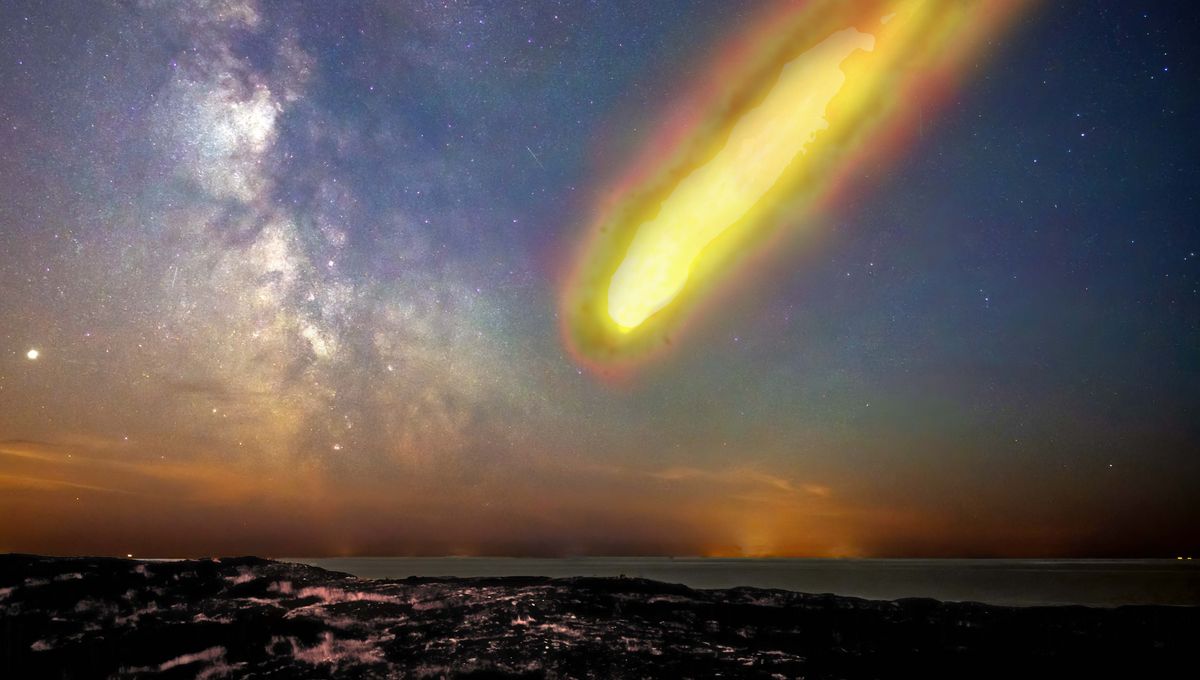
Asteroid impacts are normally associated with danger to life. The end of the dinosaurs’ dominion on Earth was caused by a massive collision. As the Chesapeake impact and others have shown, however, not all of the impacts bring global devastation. Researchers have now found evidence that craters can actually provide long-lasting habitable conditions, which could be relevant to the possibility of life on Mars.
The rest of this article is behind a paywall. Please sign in or subscribe to access the full content.
The geological evidence is a first of its kind, with researchers able to track the spread of microbes following an impact. It all started 77.85 million years ago, when an asteroid about 1.6 kilometers (1 mile) in diameter smashed into a territory in modern-day Finland. This created the Lappajärvi impact crater, which is about 22/23 kilometers (around 14 miles) across and 750 meters (2,461 feet) deep.
The team found evidence that after 4 million years, there were microbes living within the crater, while it was still pretty hot for our standards: 47 °C (117 °F). That is an ideal temperature for certain microbial species.
“What is most exciting is that we do not only see signs of life, but we can pinpoint exactly when it happened. This gives us a timeline for how life finds a way after a catastrophic event,” first author Jacob Gustafsson, PhD student at Linnaeus University, said in a statement.
“This is the first time we can directly link microbial activity to a meteorite impact using geochronological methods. It shows that such craters can serve as habitats for life long in the aftermath of the impact,” added Henrik Drake, a professor at Linnaeus University and senior author of the study.
The team was able to track habitable conditions for bacteria in the crater across 10 million years. On Earth, life does not require the coziness of the crater to thrive, but on another world, such as Mars, this could be an oasis in an otherwise frigid world. An impact might have created long-lasting habitable conditions there.
“This is incredibly exciting research as it connects the dots for the first time. Previously, we’ve found evidence that microbes colonized impact craters, but there has always been questions about when this occurred and if it was due to the impact event, or some other process millions of years later. Until now,” co-author Dr Gordon Osinski, from Western University, explained.
The study is published in the journal Nature Communications.
Source Link: 78-Million-Year-Old Crater Reveals Asteroid Impacts Can Create Long-Lasting Habitats For Microbial Life